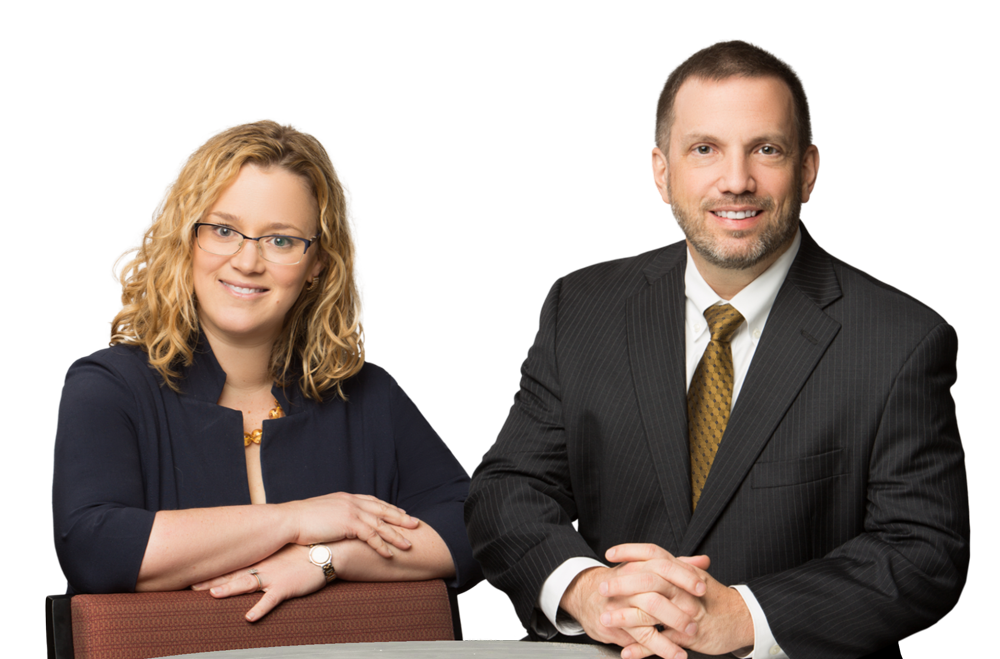The Geographic Coverage of European Patents Keeps Growing
Through a single European patent application filed with the European Patent Office (EPO) and undergoing a single examination process, inventors and businesses now can obtain patent protection in no less than 46 countries. This is the result of a recent agreement between the European Patent Organization and a Southeast Asian country located a long way from Europe: Laos. The geographic coverage of European patents continues to grow on a global scale and this growth shows no signs of stopping since another agreement was recently signed with Costa Rica.
Copyrightability of Outputs Generated by AI Systems
The first federal copyright law was written to protect books, charts, and maps. Over time, the scope of protection provided by copyright law has expanded to protect musical compositions, graphic works, sculpture and architecture, and digital creations. This expansion has been necessitated, in part, by the development of new and widely available technologies that aid the creative process. Now, the rapid progress of Artificial Intelligence ("AI") technologies and the proliferation of AI-generated media has motivated new inquiries into the types of content that may be protected by copyright law.
Limiting Head Starts, Broadening Disgorgement: Key Takeaways from AMS-OSRAM v. Renesas
The U.S. Court of Appeals for the Federal Circuit recently issued a significant opinion in AMS-OSRAM USA Inc. v. Renesas Electronics America, Inc., clarifying important aspects of trade secret remedies applying Texas trade secrets law. While grounded in a long-running dispute over ambient light sensor technology to adjust screen brightness, the court's opinion provides broadly applicable guidance on reverse engineering, head-start damages, and dual-track recovery under misappropriation and breach of contract theories.
Prosecution Disclaimer in Patent Families
The recent case of Maquet Cardiovascular LLC v. Abiomed Inc. examined the application of prosecution disclaimer and its effect on the interpretation of claims in descendant patents. In patent law, the doctrine of prosecution disclaimer plays a critical role in claim interpretation by limiting the scope of a patent based on statements made by the applicant during prosecution. When a patent applicant clearly and unmistakably disavows certain claim scope to overcome prior art or to distinguish their invention, courts may construe the claims narrowly in accordance with those statements. This legal principle ensures consistency and fairness by preventing patent owners from asserting broader rights in litigation than what was represented to the U.S. Patent and Trademark Office (USPTO) during examination. Understanding prosecution disclaimer is essential for navigating patent infringement disputes, as it directly impacts how patent claims are interpreted and enforced.
Suspension of Expedited Examination of US Design Patent Applications
On April 14, 2025, the United States Patent and Trademark Office (USPTO) announced the suspension of Expedited Examination for Design Patent Applications ("Rocket Docket"), effective April 17, 2025. The stated purpose of the decision is to address growing backlogs and challenges associated with the Rocket Docket system. The Rocket Docket system provided for expedited examination of design patent applications. Average wait time for regular, non-expedited applications is 15 months, or more. The Rocket Docket system reduced this examination pendency to less than 6 months in most instances, upon payment of the requisite fees and submission of detailed —and often quite laborious—prior art search results.
Section 337 Recently: A Big Win for Small Markets and U.S. Importers
Almost a decade after its Lelo decision, the Court of Appeals for the Federal Circuit ("Federal Circuit") clarified the domestic industry requirement of 19 U.S.C. § 1337 ("Section 337"), in favor of U.S. businesses against foreign infringers. In two recent decisions, the court explained that "small market segments can still be significant" and expenditures related to enterprise functions, like sales and marketing, are relevant to establish the existence of an industry, even in the absence of manufacturing practice.
Moderna mRNA Vaccine Claims Invalidated – A Legal Battle with Potential Implications for Future mRNA Vaccine Development
Without exaggeration, messenger ribonucleic acid (mRNA) vaccines can be considered a breakthrough development which during the COVID-19 pandemic turned Moderna's, Pfizers's, and BioNTech's vaccines into household names. The benefits and the future potential of mRNA vaccine technology are undisputed and go far beyond the COVID-19 vaccines. Not surprisingly, vaccine developers attempt to obtain maximum protection for the intellectual property associated with their research efforts. While this may be in the interest of the owner of the intellectual property, it may impede related efforts by other players.
Trademark Genericness and Time of Assessment
The case of Bullshine Distillery LLC v Sazerac Brands LLC, focused on a critical issue in trademark law: the appropriate time period for assessing whether a mark was generic such that it could not be registered in the first instance. This issue, which was one of first impression, has significant implications for how trademarks are evaluated and protected. While the case also addressed the likelihood of confusion between Sazerac's "FIREBALL" trademark and Bullshine's proposed "BULLSHINE FIREBULL" mark, the primary focus was on the question of genericness and the timing of its assessment.
Written Description Requirement of 35 USC 112 Applies to Preamble of Jepson-Format Claims
So-called "Jepson" claims have long been considered to be written in a high-risk claim format in U.S. patent practice. While they are more common in other jurisdictions and even encouraged in certain USPTO guidance, U.S. practitioners have traditionally avoided them due to their restrictive nature. A Jepson claim structure designates the preamble as admitted prior art, leaving only the limitations following "wherein the improvement comprises" to define the claimed invention.
Federal Circuit Elaborates on Obviousness Standard Under 35 U.S.C. § 103
In the United States, one of the reasons a patent claim may not be obvious over various prior art references is if one of those references "teaches away" from the modification or combination needed to arrive at the claim. The standard for what constitutes "teaching away" was addressed in a recent decision of the U.S. Court of Appeals for the Federal Circuit in an appeal from an inter partes review (IPR), which is a post-grant proceeding conducted by the Patent Trial and Appeal Board (PTAB) of the United Stated Patent and Trademark Office.




